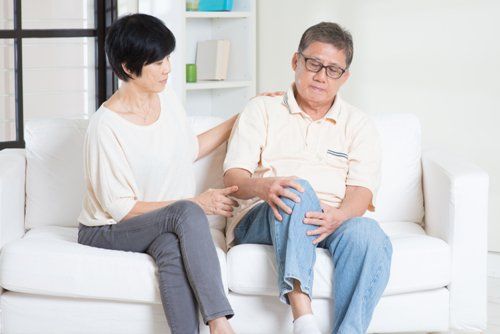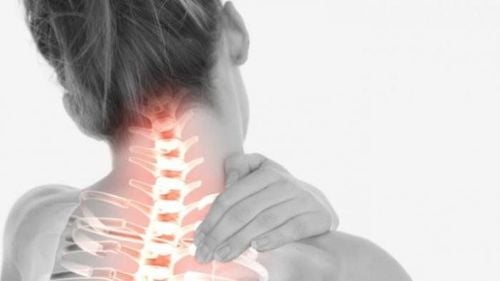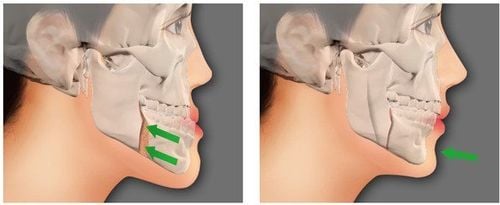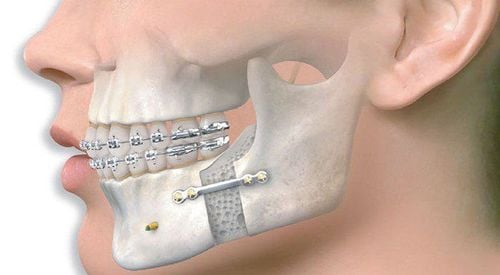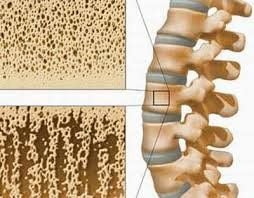This is an automatically translated article.
Use support crutches to facilitate the walking process of patients with broken legs or feet. This device helps to reduce the weight of the body on the injured leg, and gives you better balance when performing activities of daily living. However, the use of crutches also needs to be followed by the correct principles and posture to be highly effective.
1. Make your home and surroundings safer
To start using crutches first you need to make some small changes in your home to avoid slipping or falling when using crutches.
You should remove all items such as carpets, wires or anything that can make you most likely to slip or fall. Rearrange the furniture in the house neatly and at the same time create clear passages to be able to walk more smoothly with crutches Avoid leaving things indiscriminately in the area of the stairs up and down, it is easy to make the table fall . Only walk in the room when the lighting standards are met. Therefore, you need to install more lights along the aisles, corridors, toilets... In the bathroom, it is recommended to use anti-slip mats and install additional bars for handrails. And especially you should use a high toilet. Prepare a backpack so that you can carry the necessary items when traveling with crutches, because you cannot carry things in your hand and walk with crutches.
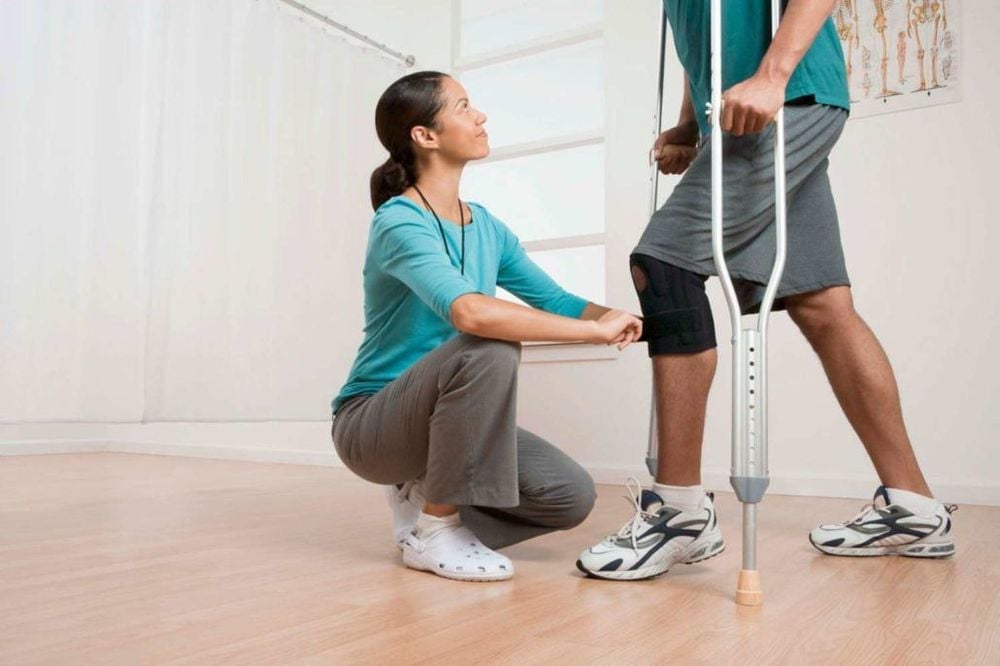
Bạn cần biết cách dùng nạng để tạo thuận tiện cho quá trình đi lại khi bị gãy xương chân
2. How to use crutches and walking aids
2.1. Crutch
You can use crutches in case of injury or surgery in the leg area, but you are not allowed to stand because you are afraid that the weight of your body may weigh on the injured leg. Therefore, you need to be guided by medical staff to use crutches so that you can move more smoothly.
In order to use crutches, you need to practice the correct standing positions:
In an upright position, the top of the crutches should be about 3 to 4 cm from your armpit. The grip of the crutch should then be at hip level when you hold the crutch and your elbows should be slightly flexed in one position. How to use crutches to avoid damage to the nervous system or as well as the blood vessels under the armpit, you need to use your hands to support your body weight and limit the use of crutches on the armpit. Perform walking with crutches: To be able to effectively use crutches, you need to lean forward slightly. Simultaneously place two crutches in front of them about a foot long. You will start to step forward with the painful foot, but without letting your body weight on this leg, the weight will be on the crutch and the sore leg will make you walk like walking on this leg.
Next, move your entire body forward between your crutches and continue with your good foot forward. When the healthy foot touches the ground, the patient can bring the crutches forward and continue to repeat the movement just now. During walking with crutches you must always look forward and not down to your feet.
Your leg's ability to withstand body gravity will depend on your recovery and should be thoroughly examined by your doctor. Initially, when using crutches that do not support the weight of the affected leg, and as your body has recovered, especially the foot position, you may be able to use crutches that will gradually increase the weight of the painful leg until the crutches can be removed. and walk normally.
Perform sitting with crutches: When you want to sit down using crutches, you need to stand with your back to the seat and make sure that the seat is firmly in a stable position to avoid slipping behind.
Next you bring your legs forward and hold both crutches with one hand, one hand on the chair. However, it is necessary to check the firmness before holding on. Then you can slowly sit down in the chair. When you want to get up again, go back to grab the crutches and then lean forward slightly and use the hand on the right leg to hold the crutches. Next, use crutches to support the whole body up and then put the weight of the body on the good foot to stand up with the good leg. Finally, switch the crutch to the affected leg and balance with the grips of both crutches.
Use crutches to go up and down stairs: For normal healthy people, climbing stairs will be very simple. However, for patients with broken legs, this is also difficult.
When performing stairs, the order of movement of the leg will be the good leg, the sore leg and the crutch. Stairs with handrails, you can stand opposite the stairs, the right hand to hold the handrail of the stairs, the other hand is the hand on the painful leg will clamp two crutches to the armpit. Next, step your good foot forward and the injured leg back and bring your crutches up. If the stairs do not have handrails, you need to use both crutches. One crutch for each armpit and also the starting order of walking: the good leg, the sore leg, and two crutches.
When going down stairs, the order of movement is crutches, sore leg, strong leg. For stairs with handrails, you usually prepare a standing position in the direction from top to bottom of the stairs, with the right hand and the strong foot holding the handrail and the hand on the painful leg holding two crutches under the armpit. After bringing the crutches down first, then the hurt foot will come down first, and finally the strong foot will step down. For stairs without handrails, you can use crutches and one crutch in each armpit, then start bringing the two crutches down first, then bring the sore leg down and finally the strong leg.
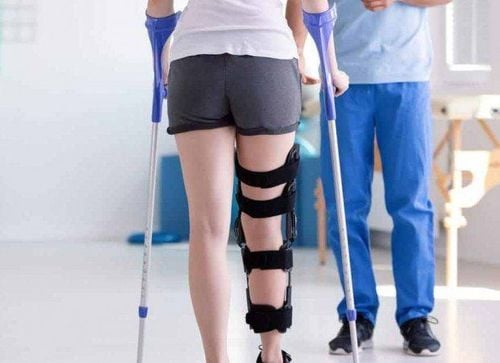
Để có thể thực hiện cách sử dụng nạng chống hiệu quả thì bạn cần nghiêng người về phía trước một chút
2.2. Stick
Using a cane will help support patients who have problems with body balance, unsteadiness, or injuries that cause weak legs... Especially for the elderly, use a cane. walking cane can make walking more comfortable and convenient.
Correct posture when using a support cane: When the patient is in an upright position, the top of the cane should be at the level of the wrist crease so that your elbow can be flexed as needed. top of the stick. Next, you will hold the club in the direction with the strong leg opposite the leg that needs support.
Perform walking with a cane: You hold the cane and bring it forward about 1 foot, then step up with the hurt leg and continue to walk with the strong foot forward. To use walking up and down stairs, you must initially hold the cane in the hand on the strong leg, the hand on the painful leg can touch the handrail of the stairs to step forward with the healthy foot, then the painful leg and finally the cane. down first, then the sore leg down again and finally the strong leg.
Time to use crutches: Depending on the extent of your injury and the recovery process, the doctor can prescribe whether to use or remove crutches. It is important that during treatment you need to follow the instructions of your healthcare professional and regularly check your current health status.
Please dial HOTLINE for more information or register for an appointment HERE. Download MyVinmec app to make appointments faster and to manage your bookings easily.




